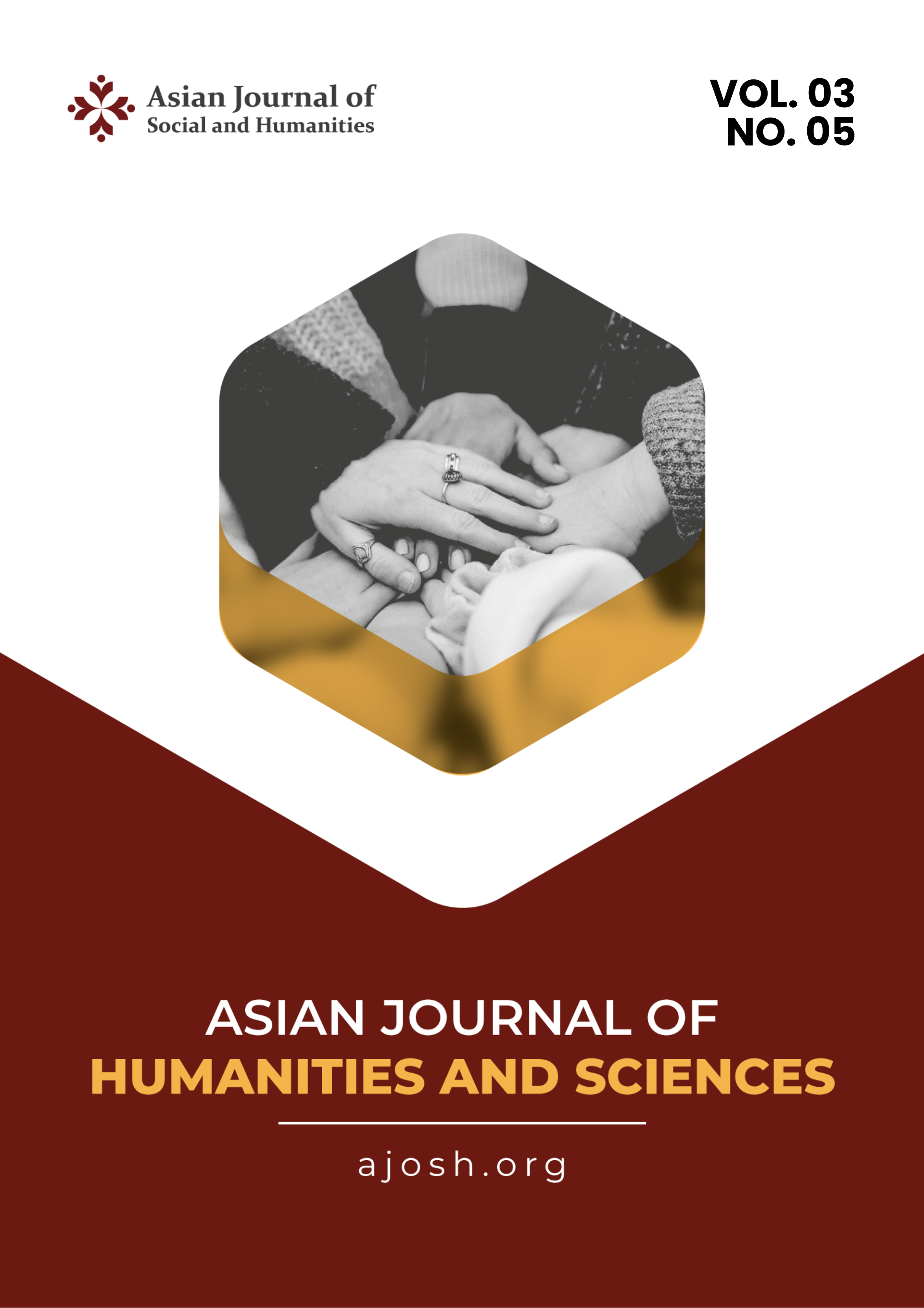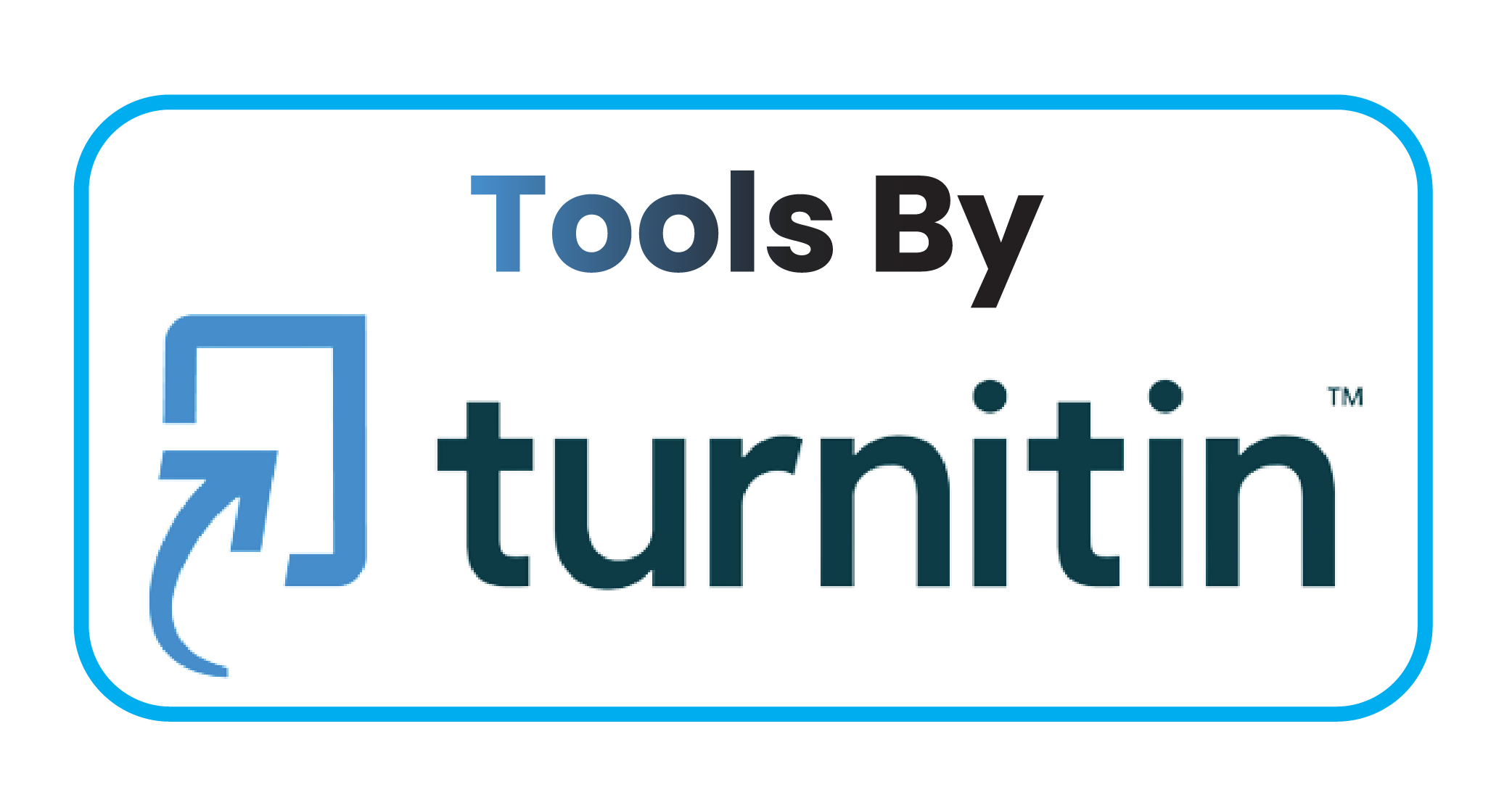The Patterns of Participatory Communication in Empowering the MSMEs Sector
DOI:
https://doi.org/10.59888/ajosh.v3i5.511Keywords:
communication;, technology;, entrepreneurship;, empowerment;, MSMEsAbstract
Micro, Small, and Medium Enterprises (MSMEs) play a vital role in enhancing community economies, especially in the digital era. This article examines MSME actors in batik handicrafts in the Giriloyo area of Yogyakarta and weaving craftsmen in the Baduy area of Banten. The Indonesian government's development programs aim to empower MSMEs in tourist villages, fostering independence and community participation while preserving cultural heritage. Despite being in rural areas, these artisans have successfully promoted their products globally through communication technology. The research highlights the socio-cultural backgrounds of these communities, enriching findings on communication patterns and MSME sector empowerment. Employing a qualitative approach, data was gathered through observation, interviews, documentation, and focus group discussions. The analysis reveals that MSME actors primarily develop participatory communication networks to enhance marketing strategies for batik and woven products. Key findings include increased community engagement, expanded partnerships, fostered dialogical interactions, direct sales growth, and enhanced social media promotion. The research contributes to the theory of participatory communication in the digital era, marketing communication models, and MSME empowerment strategies. Practical implications suggest effective communication network development and business communication enhancement for MSMEs.
Downloads
Published
Issue
Section
License
Copyright (c) 2025 Ika Yuliasari, Novianty Elizabeth Ayuna, Mega Ayu Permatasari

This work is licensed under a Creative Commons Attribution-ShareAlike 4.0 International License.
Authors who publish with this journal agree to the following terms:
- Authors retain copyright and grant the journal right of first publication with the work simultaneously licensed under a Creative Commons Attribution-ShareAlike 4.0 International. that allows others to share the work with an acknowledgement of the work's authorship and initial publication in this journal.
- Authors are able to enter into separate, additional contractual arrangements for the non-exclusive distribution of the journal's published version of the work (e.g., post it to an institutional repository or publish it in a book), with an acknowledgement of its initial publication in this journal.
- Authors are permitted and encouraged to post their work online (e.g., in institutional repositories or on their website) prior to and during the submission process, as it can lead to productive exchanges, as well as earlier and greater citation of published work.










